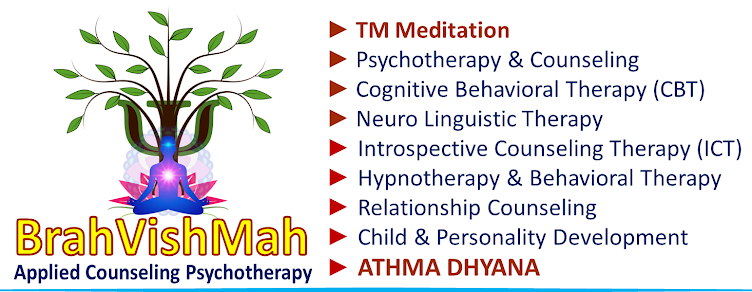Panic disorder is an anxiety disorder where you regularly have sudden attacks of panic or fear
Panic attacks are characterized by a fear of disaster or of losing control even when there is no real danger
A person may also have a strong physical reaction during a panic attack. It may feel like having a heart attack
Panic attacks can occur at any time, and many people with panic disorder worry about and dread the possibility of having another attack
A person with panic disorder may become discouraged and feel ashamed because he or she cannot carry out normal routines like going to school or work, going to the grocery store, or driving
Causes for Panic Disorder
Panic disorder sometimes runs in families, but no one knows for sure why some family members have it while others don’t
Researchers have found that several parts of the brain, as well as biological processes, play a key role in fear and anxiety
Some researchers think that people with panic disorder misinterpret harmless bodily sensations as threats
By learning more about how the brain and body functions in people with panic disorder, scientists may be able to create better treatments
Researchers are also looking for ways in which stress and environmental factors may play a role
Symptoms
Sudden and repeated panic attacks of overwhelming anxiety and fear
A feeling of being out of control, or a fear of death or impending doom during a panic attack
Physical symptoms during a panic attack, such as a pounding or racing heart, sweating, chills, trembling, breathing problems, weakness or dizziness, tingly or numb hands, chest pain, stomach pain, and nausea
An intense worry about when the next panic attack will happen
A fear or avoidance of places where panic attacks have occurred in the past
Treatments
A type of antidepressant called a selective serotonin reuptake inhibitor (SSRI) or, if SSRIs are not suitable, a tricyclic antidepressant
Regular Counseling sessions with the mental health professionals who are trained for
Cognitive Behavioral Therapy (CBT)
Neuro Linguistic Program (NLP)
Introspective Counseling Therapy (ICT)
Hypnotherapy etc.,
In addition to these treatments, there are a number of steps that you can take at home to reduce your symptoms;
Maintaining a regular schedule
Exercising on a regular basis
Getting enough sleep
Avoiding the use of stimulants such as caffeine
MANIVANNAN RJ






No comments:
Post a Comment